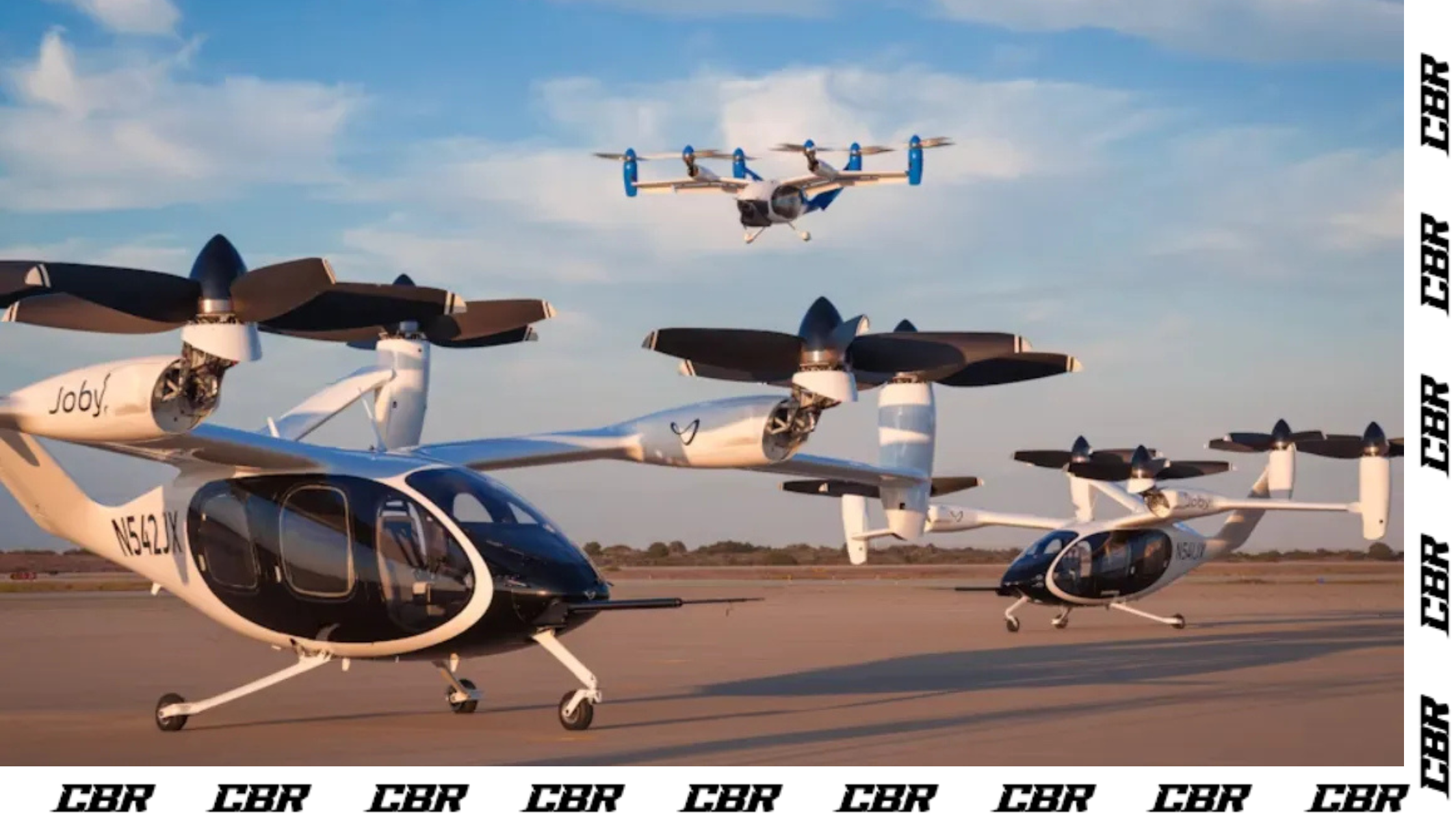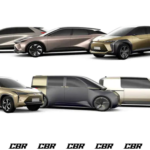Flying Electric Taxis? Is the future finally here? Seems like that. In a major push for the future of urban mobility, Toyota has invested $500 million in an electric-powered self-propelled taxi. This initiative is not just a remarkable change in transportation but a solution to urban traffic congestion and pollution. Electric taxis can provide fast and environmentally friendly transportation for urban dwellers, bridging the gap between traditional taxis and the transportation of the future.
By Joby Aviation in collaboration with them, Toyota aims to bring these air taxis to life and advance air transport technology. In this article, we analyze the context, investment, and potential impact of the Toyota Electric Taxi Flight, especially from an Indian perspective.
Toyota’s Vision Behind Flying Electric Taxis
Toyota’s investment in electric taxis marks a commitment to innovation in sustainable transport. The Japanese car giant has a history of pioneering green technologies, such as hydrogen hybrid fuel cell cars. With this $500 million investment, Toyota aims to make electric taxis a part of everyday transport, addressing issues such as reducing traffic congestion and pollution.
Some key highlights of Toyota’s vision for flying electric taxis are:
- Sustainability: Flying electric taxis are very sustainable as they are powered by electricity, helping reduce carbon emissions.
- Efficiency: Air taxis provide a faster, direct route to destinations, bypassing ground traffic, hence increasing efficiency.
- Innovation: This investment reflects Toyota’s dedication to leading the way in futuristic mobility solutions.
How Toyota Flying Electric Taxis Will Impact India
In India, where traffic congestion is always a challenge, Toyota’s flying electric taxis could provide an effective alternative to urban traffic. With cities like Mumbai, Delhi, and Bangalore facing severe traffic problems, air taxis can save huge commuting time while also reducing strain on ground infrastructure. Imagine not getting stuck in traffic while returning from office, sounds like a dream, right?
Here are some potential benefits of Flying electric taxis:
- Reduced traffic: Air taxis allow passengers to avoid congested roads, significantly reducing travel time.
- Clean air: As electric vehicles, these taxis contribute to air quality, which is especially valuable in cities with high levels of pollution
- Employment opportunities: The flying taxi industry can create jobs for maintenance, pilots, operators, and staff, as well as support the economy.
- Transportation for all: Toyota aims to make air taxis an affordable alternative for everyday commuters, giving more people access to transportation in the future.
All You Need to Know About The Toyota Flying Electric Cars
Here is a detailed review of Toyota Flying electric taxis:
1. Specifications
Here is a table with all the important specifications about the Toyota flying electric cars.
| Specifications | Toyota Flying Electric Taxis Specifications |
| Range | Approximately 150-200 km |
| Speed | Top speed of around 320 km/h |
| Battery Capacity | High-capacity battery enabling extended flights |
| Seats | Typically 4-5 passengers |
| Take-Off and Landing | Vertical Take-Off and Landing (VTOL) capability |
| Noise Levels | Designed for minimal noise, ideal for city use |
| Charging Time | Expected rapid charging within 1-2 hours |
2. Key Features
Here is a list of the key features of the Toyota Flying Electric Taxis:
- VTOL Technology: Vertical take-off landing (VTOL) allows these taxis to fly like helicopters, making them suitable for urban areas with limited flying areas
- Eco-friendly design: Fully powered by electricity, these air taxis aim to significantly reduce pollution, making air travel cleaner
- Low noise: These taxis are designed to operate with reduced noise levels, ideal for city use, thus eliminating noise pollution.
- Advanced Safety Features: Toyota and Jobi have focused on advanced safety systems, ensuring the safety of airborne passengers, including emergency landing systems and collision avoidance systems, and their protection.
3. Pros and Cons
Here is a table with the pros and cons of the Toyota Flying Electric Taxis.
| Pros | Cons |
| Eco-Friendly: Zero-emission travel optionTime-Saving: Cuts down commute timesLow Pollutions: This will be highly beneficial in reducing noise pollution. Advanced Saftey Options: Packed with numerous safety features. | Cost: May be high initiallyInfrastructure Needs: Requires new setupsLimited Range: Ideal for short distancesWeather Dependency: May be affected by weather |
Toyota Flying Electric Taxis Review: What to Expect
While air taxis are still in development, early reviews from test flights highlight several positives:
- Comfortable Travel Experience: Spacious interiors with comfortable seating.
- Smooth Flight: Thanks to VTOL, the take-off and landing are reportedly smooth and quick.
- Minimal Noise: Low noise levels make it suitable for urban areas and good for the environment as well.
- Efficient Charging: Quick-charge technology reduces downtime, keeping the air taxis ready for frequent trips.
Are Flying Electric Taxis Really The Future?
Toyota’s $500 million investment in electric taxis represents a bold step towards urban transport revolution along with a sustainable future. Promising to be environmentally friendly, time-saving, technologically advanced and aerodynamic, these taxis can redefine how we travel, especially in cities a crowded as in Mumbai and Delhi. With projects and regulatory approvals ahead, Toyota’s partnership with Jobi Aviation demonstrates a clear commitment to overcome these hurdles. As India eagerly watches these technological developments, the future of travel is unfolding in ways we never imagined.
Maybe the Toyota Airplane is just the beginning of a new era in electric taxis, where the skies are as accessible as the roads. But all in all, the future is here, so be ready for it.
FAQs
1. When can we expect Toyota flying electric taxis to launch in India?
Toyota has not set an official launch date for India, but pilot programs could begin as early as the late 2020s, subject to regulatory approvals.
2. How fast can Toyota flying electric taxis travel?
Toyota’s flying electric taxis are expected to reach speeds of up to 320 km/h, allowing for rapid urban commutes.
3. What are the safety features of Toyota flying electric taxis?
These air taxis are equipped with emergency landing protocols, collision avoidance systems, and multiple safety checks for reliable travel.
4. Will flying electric taxis be affordable for regular commuters in India?
Initially, costs may be high, but Toyota aims to make flying taxis affordable for daily commuters over time through expanded production and cost reductions.








